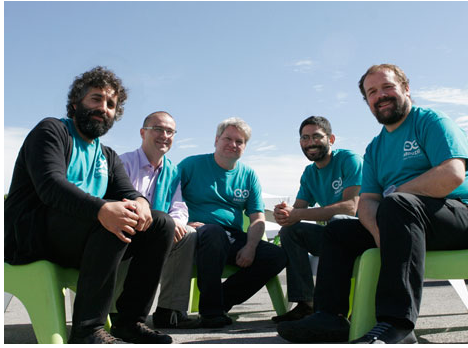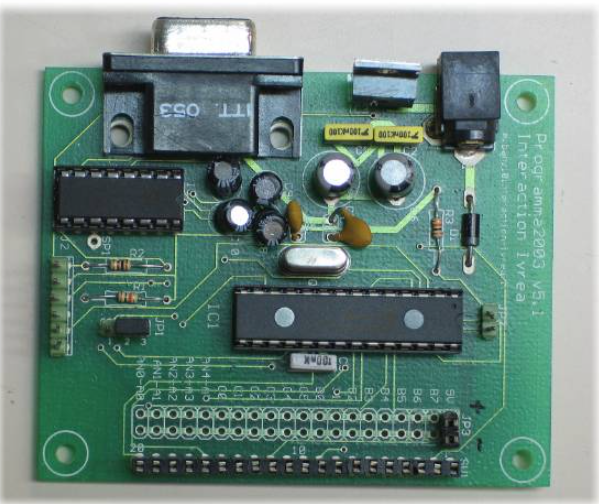A Brief History
In 2005, the first Arduino board ever designed was born in Interactive Design Institute Ivrea, Italy. Hernando Barragan who was the creator of Wiring board and student of Massimo Banzi during his time at IDII, Italy designed the first prototype board with a simple and easy to use separate programming platform. Later Massimo Banzi and his fellowman David Cuartielles took one step ahead and created Arduino. David Mellis takes the work of Arduino software which was based upon Wiring. Two more members Gianluca Martino and Tom Igoe joined the Massimo Banzi project and these five became the real founders of an Arduino board.

Credits: IEEE Spectrum
Contribution of Hernando Barragan
Hernando Barragan started Wiring platform in 2003 as his master thesis project under supervision of Massimo Banzi at the IDII, Italy. Main objective of this project is to eliminate the gap between artists and designers to work with electronic equipment by abstracting complex details of electronics so they can focus on their prime objective. The project caught the attention of many people at IDII, and this project set the base for the upcoming project from 2004, until the closure of school in 2005.
Key elements in Wiring board are:
- Simple development environment with multiple OS support like Mac, Windows, and Linux.
- Simple programming framework for microcontrollers.
- Bootloader for easy uploading of sketches.
- Open-source software and hardware designed based upon Atmel controller chips.
- Multiple online support of work and libraries.
As Arduino and Wiring have a lot in common, it’s sure that Hernando Barragan works make it clear for Massimo Banzi what he is going to design now. Multiple functions which we used in today’s Arduino programming are the set of commands Hernando Barragan officially created themselves.
- pinMode()
- digitalRead()
- digitalWrite()
- analogRead()
- analogWrite()
- delay()
- millis()
First Prototype Board
Massimo Banzi developed the first prototype board called Programma2003. It is a PIC microcontroller board which can be programmed using an environment called JAL (Just Another Language). JAL was designed and created by Wouter van Ooijen. It consists of a compiler and bootloader to upload programs however it is only limited to Windows OS.
As the time passed Banzi succeeded in designing the first Arduino board in 2005. It is a low cost and user-friendly board and allows users to control multiple devices. It has an onboard serial communication converter to interact with Arduino with any PC or devices. It has an onboard power LED which helps users to identify whether the Arduino board is operating or not unlike in Programma2003 which due to some technical flaws is unable to get that LED.
Why Open Source
Banzi and his fellow collaborators strongly believed in Arduino to be an open-source platform, As the main purpose of Arduino is to make things more accessible in run time. Another thing is when software is open source and available for anyone to inspect, it opens doors for multiple improvements and can be used as a base for upcoming projects.
Secondly IDII had no funds to continue the project and all the project contributors feared that project might be going to end soon. That’s when at such a crucial time Massimo Banzi came forward and announced Arduino as an open-source platform which means anyone can design and sell Arduino hardware.
Why Arduino Is Famous
Arduino because of open source always fuels innovation for both hardware and software. Arduino boards are licensed under creative common which helps manufacturers to design their own board. As founder Massimo Banzi says, hardware is like a cultural piece that must be shared among peoples.
Arduino is famous because it is super cheap to buy. It just cost a few dollars to buy a new board. Anyone having no prior experience can enter the electronic world. Arduino got to such heights because of its hardware compatibility and excess amount of help available online to start with any project.
Conclusion
Arduino is no doubt a great innovation for not only the electronic world but for all communities interested in learning electronics and programming. Arduino was designed with a dream of making the microcontroller world easy to access and learn but as the time passes Arduino is also making its way to the industrial and Iot world. To learn more about Arduino and what it can do click here.


